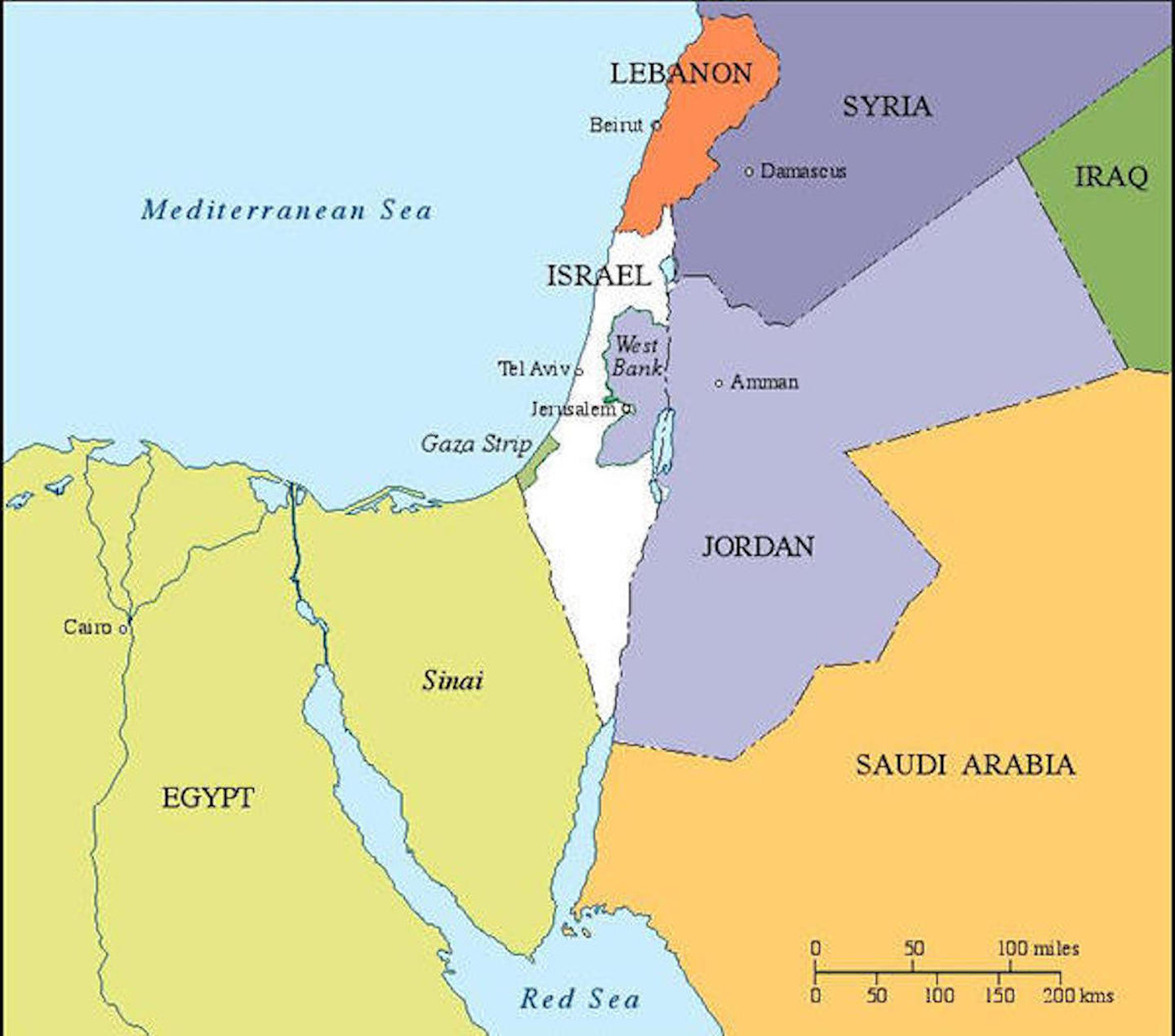Current Time in Israel

Israel currently observes Israel Standard Time (IST) and Israel Summer Time (IDT), which are used to adjust to the changing daylight hours throughout the year. To understand the time in Israel, it’s crucial to be aware of these two time zones and their differences.
Time Zones in Israel
Israel uses two time zones: Israel Standard Time (IST) and Israel Summer Time (IDT). IST is used during the winter months, while IDT is used during the summer months.
Differences Between IST and IDT
The difference between IST and IDT is one hour. During the summer months, Israel observes IDT, which is one hour ahead of IST. The transition between IST and IDT occurs on the last Friday in March, when clocks are moved forward one hour, and on the last Friday in October, when clocks are moved back one hour.
The time difference between Israel and other countries can vary depending on the country’s time zone and whether it observes daylight saving time. For example, the time difference between Israel and the United States is 6-10 hours depending on the specific time zone in the US and whether daylight saving time is in effect.
Factors Affecting Time in Israel

Israel’s time, like that of many countries, is influenced by a variety of factors, including the implementation of daylight saving time and the historical evolution of its time zones. These factors have shaped the current timekeeping system in Israel, with potential for future adjustments.
Daylight Saving Time in Israel
Daylight saving time (DST) is a seasonal adjustment to the clock, typically shifting the time forward by one hour during the summer months. In Israel, DST is observed from the last Friday in March to the last Friday in October.
During DST, Israel’s time is UTC+3, while during the standard time, it is UTC+2. The implementation of DST aims to maximize daylight hours during the summer, allowing for extended daylight in the evenings, which can be beneficial for various activities and energy conservation.
Historical Development of Time Zones in Israel
Israel’s time zone has evolved over time, reflecting its historical and political context. Prior to the establishment of the State of Israel in 1948, the region was under British rule.
- During the British Mandate period (1920-1948), Palestine, which included the territory that is now Israel, followed the time zone of Egypt, which was UTC+2.
- After Israel’s independence in 1948, the country adopted UTC+2 as its standard time zone.
- In 1979, Israel implemented DST, shifting the clock forward by one hour during the summer months, leading to the current system where Israel observes UTC+3 during DST and UTC+2 during standard time.
Potential Future Changes to Israel’s Time Zones
While Israel’s current time zone has remained relatively stable since the 1970s, there have been occasional discussions about potential future changes. These discussions have centered around aligning Israel’s time zone with that of its major trading partners in Europe, which could potentially simplify business transactions and communication.
For instance, in 2019, the Israeli government considered a proposal to move Israel’s time zone to UTC+3 permanently, aligning it with European time. However, this proposal faced opposition from various sectors, including health professionals who raised concerns about the potential impact on sleep patterns and productivity.
Ultimately, the proposal was not implemented, and Israel continues to observe its current time zone system. However, the ongoing discussions indicate that the potential for future adjustments to Israel’s time zones remains a possibility.
Time-Related Information for Travelers: Israel Time Right Now

Planning a trip to Israel? Understanding the time difference and how to adjust your watch is crucial for a smooth and enjoyable experience. This section provides essential information for travelers to navigate time zones effectively.
Time Differences Between Israel and Major Cities
The time difference between Israel and other major cities can significantly impact your travel plans. Knowing the difference will help you schedule calls, meetings, and flights efficiently.
| City | Time Difference (IST/IDT) |
|---|---|
| New York | -7 hours |
| London | -2 hours |
| Paris | -2 hours |
| Berlin | -2 hours |
| Tokyo | +7 hours |
| Sydney | +9 hours |
| Dubai | +1 hour |
| Moscow | +3 hours |
Converting IST/IDT to Other Time Zones, Israel time right now
Understanding how to convert Israel Standard Time (IST) and Israel Daylight Time (IDT) to other time zones is essential for scheduling and planning. Here’s a simple guide:
- IST to UTC: IST is UTC+2. This means that to convert IST to Coordinated Universal Time (UTC), subtract 2 hours. For example, if it is 10:00 AM IST, it is 8:00 AM UTC.
- IDT to UTC: IDT is UTC+3. To convert IDT to UTC, subtract 3 hours. For example, if it is 10:00 AM IDT, it is 7:00 AM UTC.
Adjusting Your Watch or Device to Israel Time
Adjusting your watch or device to Israel time is straightforward.
- Before Departure: Set your watch or device to the correct time zone for Israel. This will ensure you are on the same schedule as the locals.
- Upon Arrival: Once you arrive in Israel, double-check your watch or device against a local clock to ensure accuracy. This will prevent any confusion or scheduling errors.
Israel time right now – Wondering what time it is in Israel right now? It’s a good time to catch up on the latest developments in the region by checking out israeli news – you never know what might be happening in this dynamic place! Once you’re up to speed, you can adjust your own schedule to align with Israel’s time zone for any upcoming calls or meetings.
While it’s currently late afternoon in Israel, it’s important to remember that emergencies can strike anywhere, anytime. It’s wise to be prepared, especially in areas prone to natural disasters like northeast Ohio , where a quick response can be the difference between safety and chaos.
So, whether you’re enjoying the sun in Israel or braving the cold in Ohio, being prepared for any eventuality is always a good idea.
